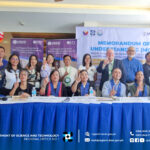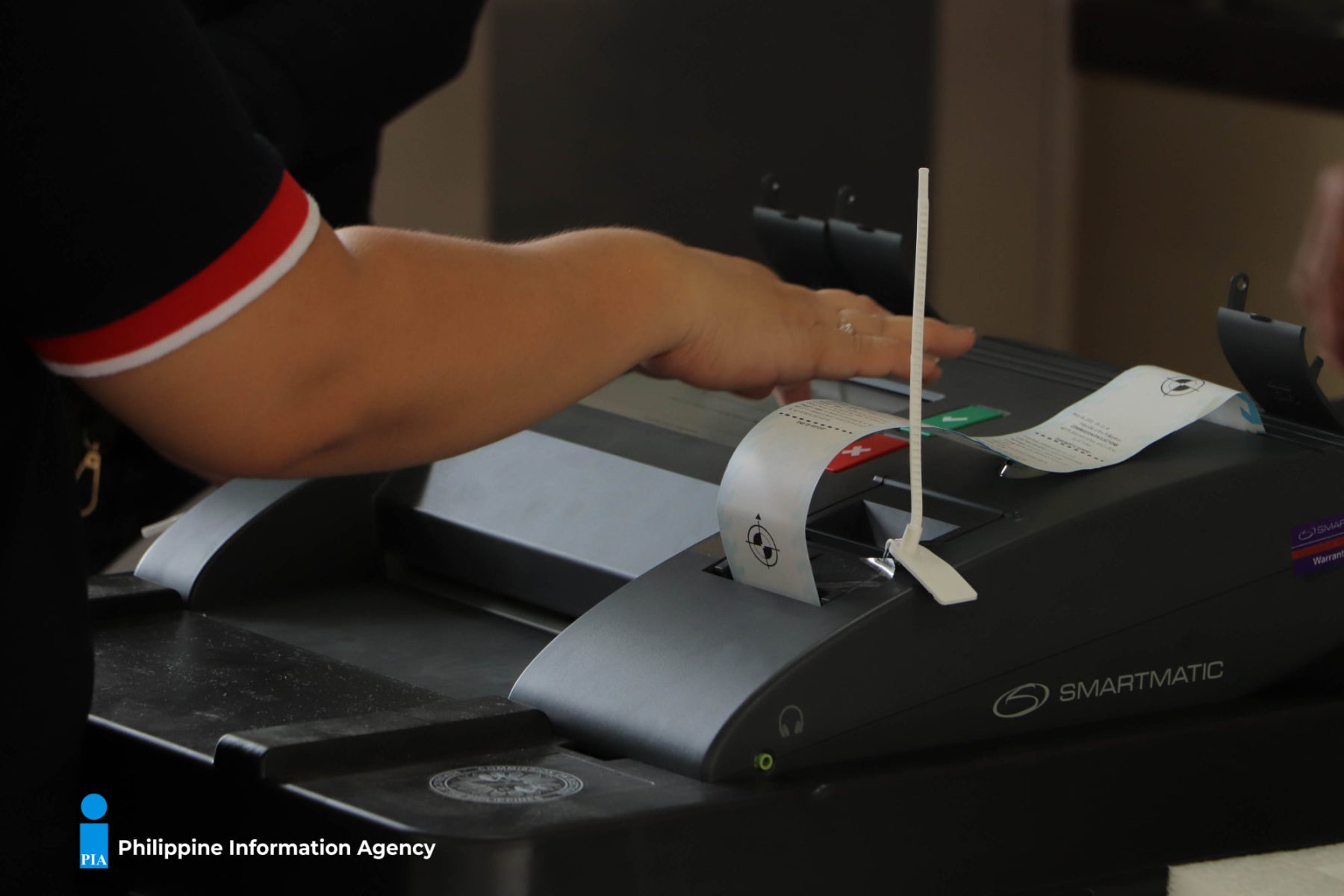BY MYRENE S. AUNARIO, EdD
Despite the rich and vast details that history provides regarding the origins of Bay, there is no known record as to who the valiant discoverer of the pristine municipality is. Yet, it has not hindered the town’s quest towards achieving sustainable progress and development. It has carved its own niche as the quaint but transformational government unit exuding excellence and exuberance.
During the end period of the 16th century, around 1570, almost 50 years after Ferdinand Magellan discovered the Philippines, the twang of the Spaniards changed the course of the town’s identity, calling the town “Bah-ee” which is almost similar to how the natives would call their motherland– “Bah Eh.”
Upon exploring the etymology of the town, Bay shares the same phonetics as “baybay” which translates to a shoreline, “babae” which is the Filipino term for woman, and
“Babaylan” which means priestess. When all these elements were put together, it creates the imagery and vision of a mystical dainty lady known as Maria Makiling, a mythical figure said to be living in the terrains of Mount Makiling, which stresses to certain territories of Bay’s foremost territories.
As the folktales of Bay translate from one generation to the next, a new story has emerged from the corners of the town– Datu Pangil, the original village head, had three daughters named Maria Basilisa, Maria Angela and Maria Elena (Maria Y’llena), If the first letters of these daughters are put together, the serve as acronym of the town’s name.
Gat Pangil crossed paths with Juan de Salcedo, an 18-year-old valiant and ambitious captain of the Spanish army, who was accompanied by Augustinian missionaries Alfonso de Alvarado and Diego Espinar. They functioned as conquistadores or explorer-soldiers. It was Salcedo who named the town after the largest lake in the country– Laguna de Bay or “the lake of the town of Bay.” The Spanish eventually named the whole province “La Provincia de la Laguna de Bay.”
Today, as a second-class municipality, Bay has a total population of 67, 134 and a household population of 62, 134 based on the 2020 Census of the Philippine Statistics Authority.
The male population is comprised of 33, 696 individuals while females make up 33,438 individuals, resulting to a sex ration of 100:77. The town has a young population distribution, specifically age groups such as 0-4 up to 20-24 comprising 48.69 percent of the total population. It is located almost at the geographic center of the province, the municipality has geographic coordinates of 14.1320° n latitude, 121.2569° e longitude. Bay has a total land area of 4,160.76 hectares (42.66 km2) occupying 2.22 percent of the total area of Laguna.
From a simple town with humble beginnings, Bay, the Garden Capital of Laguna, the first capital of the province, a progressive Municipality, driven by agriculture, commercial, and tourism development, where people are empowered, thriving in a sustainable and connected environment that is guided by a transparent, accountable, and people-centered leadership heading towards its endeavor “Para sa Tuloy-Tuloy na Pagsulong sa Bayan ng Bay!”












